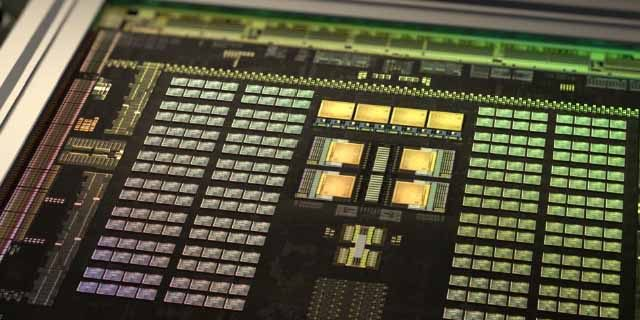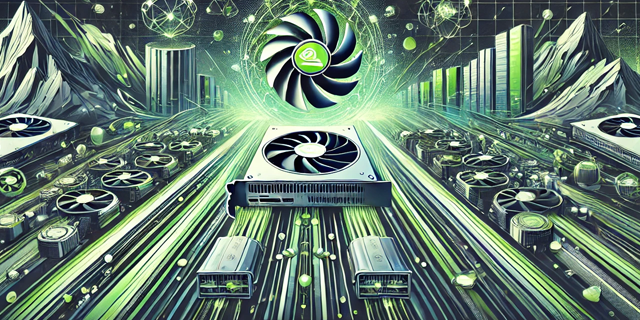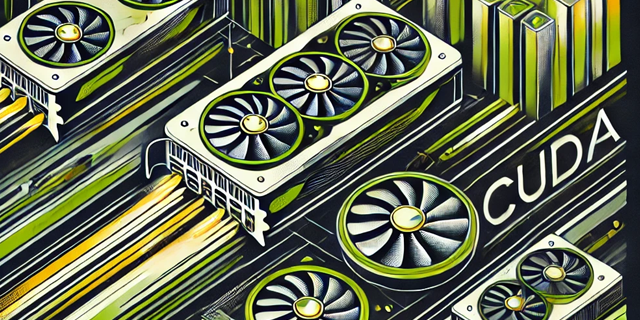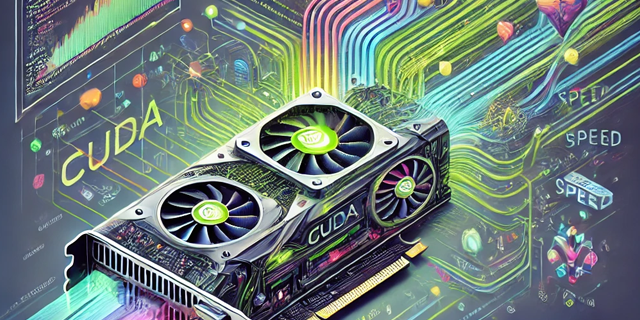
CUDA (Compute Unified Device Architecture) is a parallel computing platform and application programming interface (API) model created by NVIDIA. Introduced in 2006, CUDA was designed to leverage the power of NVIDIA's GPUs for general-purpose computing, allowing developers to use C, C++, and Fortran to write software that could run on the GPU. This innovation marked a significant shift in how computational tasks were approached, enabling faster processing for applications ranging from scientific simulations to machine learning. Over the years, CUDA has evolved with numerous updates, introducing features like unified memory, improved debugging tools, and support for deep learning frameworks, solidifying its position as a cornerstone in high-performance computing. **Brief Answer:** CUDA, introduced by NVIDIA in 2006, is a parallel computing platform that allows developers to utilize GPUs for general-purpose computing, significantly enhancing performance in various applications. Its continuous evolution has made it essential in fields like scientific research and machine learning.
CUDA (Compute Unified Device Architecture) by NVIDIA offers several advantages and disadvantages. On the positive side, CUDA enables developers to leverage the parallel processing power of NVIDIA GPUs, significantly accelerating computational tasks in fields like machine learning, scientific computing, and graphics rendering. Its extensive libraries and support for various programming languages, such as C, C++, and Python, make it accessible for a wide range of applications. However, there are also drawbacks; CUDA is proprietary to NVIDIA hardware, limiting its use to specific GPU models and potentially leading to vendor lock-in. Additionally, the learning curve can be steep for those unfamiliar with parallel programming concepts, and performance gains may vary depending on the application and how well it can be optimized for GPU execution. In summary, while CUDA provides powerful tools for harnessing GPU capabilities, its proprietary nature and complexity can pose challenges for some users.


CUDA (Compute Unified Device Architecture) by NVIDIA has revolutionized parallel computing, but it comes with its own set of challenges. One significant issue is the steep learning curve associated with mastering CUDA programming, which requires a solid understanding of both parallel computing concepts and GPU architecture. Additionally, developers often face difficulties in optimizing their code for performance, as inefficient memory management and kernel execution can lead to suboptimal results. Compatibility issues may arise when integrating CUDA with various software environments or libraries, and debugging CUDA applications can be more complex compared to traditional CPU-based programming. Lastly, the reliance on NVIDIA hardware limits portability, making it challenging for developers who wish to deploy their applications across different platforms. **Brief Answer:** The challenges of CUDA include a steep learning curve, optimization difficulties, compatibility issues, complex debugging processes, and limited portability due to reliance on NVIDIA hardware.


Finding talent or assistance related to CUDA (Compute Unified Device Architecture) from NVIDIA can be crucial for projects that require high-performance computing and parallel processing capabilities. To locate skilled professionals, consider leveraging platforms like LinkedIn, GitHub, or specialized job boards focused on tech and engineering roles. Additionally, engaging with online communities such as NVIDIA's Developer Forums, Stack Overflow, or relevant subreddits can connect you with experts who can offer guidance or collaboration. For immediate help, NVIDIA also provides extensive documentation, tutorials, and support resources on their official website, which can be invaluable for both beginners and experienced developers looking to optimize their applications using CUDA. **Brief Answer:** To find talent or help with CUDA from NVIDIA, use platforms like LinkedIn and GitHub, engage in online forums, and explore NVIDIA's official documentation and support resources.
Easiio stands at the forefront of technological innovation, offering a comprehensive suite of software development services tailored to meet the demands of today's digital landscape. Our expertise spans across advanced domains such as Machine Learning, Neural Networks, Blockchain, Cryptocurrency, Large Language Model (LLM) applications, and sophisticated algorithms. By leveraging these cutting-edge technologies, Easiio crafts bespoke solutions that drive business success and efficiency. To explore our offerings or to initiate a service request, we invite you to visit our software development page.



TEL:866-460-7666
EMAIL:contact@easiio.com
ADD.:11501 Dublin Blvd. Suite 200, Dublin, CA, 94568